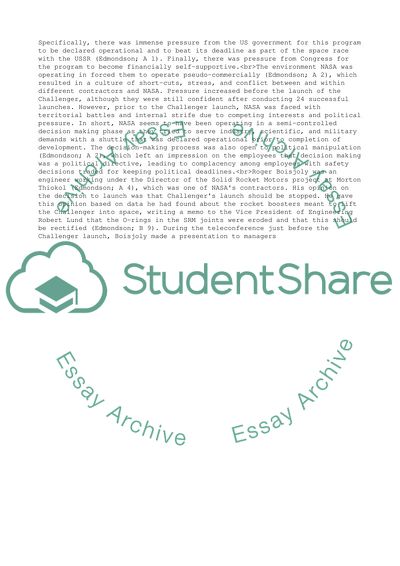Cite this document
(“Case analysis Study Example | Topics and Well Written Essays - 1250 words - 6”, n.d.)
Retrieved from https://studentshare.org/management/1693939-case-analysis
Retrieved from https://studentshare.org/management/1693939-case-analysis
(Case Analysis Study Example | Topics and Well Written Essays - 1250 Words - 6)
https://studentshare.org/management/1693939-case-analysis.
https://studentshare.org/management/1693939-case-analysis.
“Case Analysis Study Example | Topics and Well Written Essays - 1250 Words - 6”, n.d. https://studentshare.org/management/1693939-case-analysis.


